The first time I saw a 3D printer was at the 2012 Orlando Mini Maker Faire. Among the many interesting projects and technologies on display at the Faire were a number of hand built 3D printers. They seemed cool at the time, but didn’t stand out any more than the quadcopters, dancing robots or other technologies that I had read about on various websites and was now was seeing in person for the first time. I didn’t know it then, but I had just been introduced to a new hobby that would lead me to build three of my own 3D printers, run a Maker Camp session to teach 3D printing to local kids and launch an initiative to bring a Makerspace to Palm Beach county.
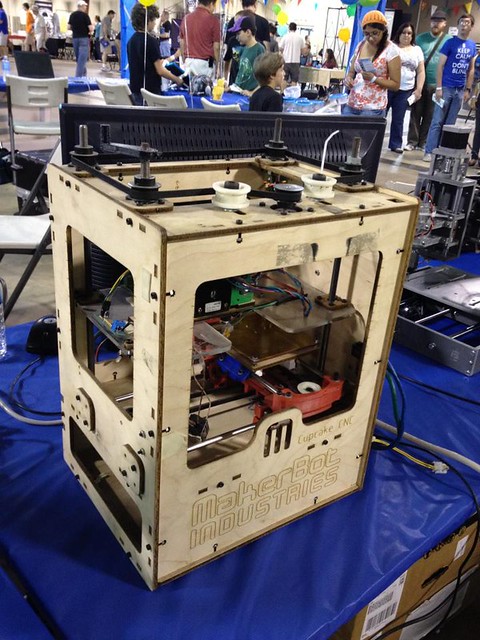
Fast forward one year and one New York City Maker Faire later, and an opportunity arose to get a 3D printer at work. As luck would have it, I was asked to help identify a machine that would be useful for producing models for our science education outreach program. We decided on the MakerBot Replicator 2 and a few weeks later a black MakerBot box arrived at our facility.
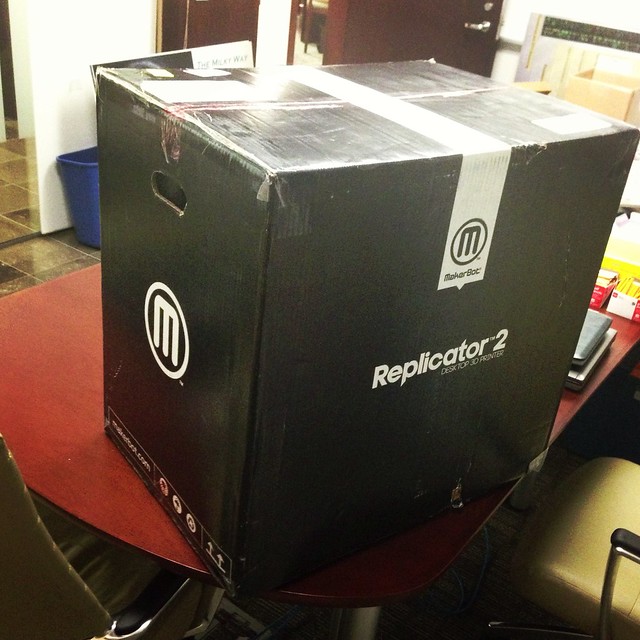
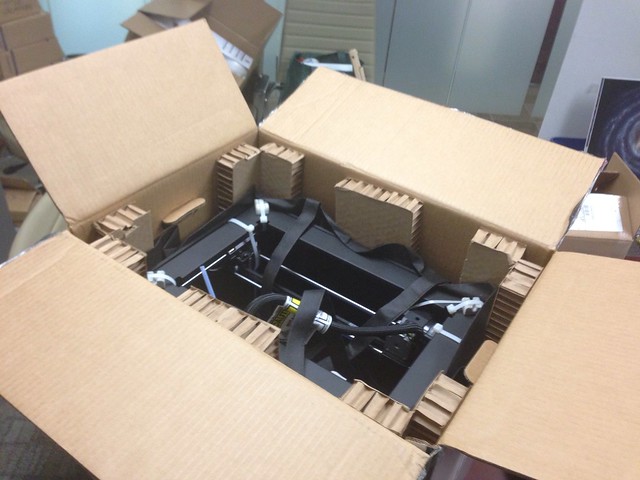
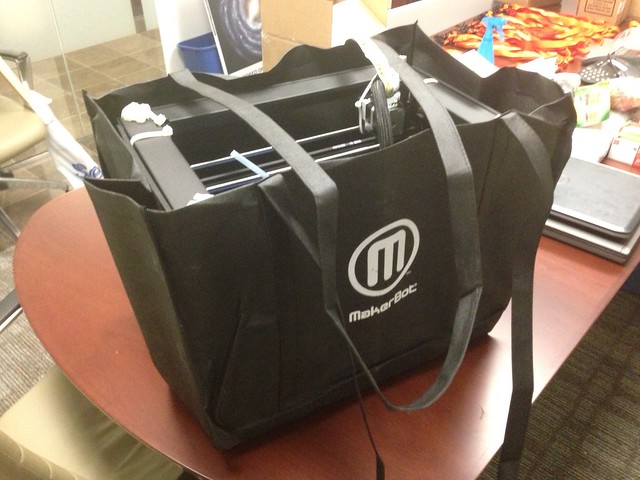
The printer came preloaded with sample models that were quickly printed to verify that the machine was functioning properly. It was fairly incredible to watch the Replicator turn a spool of plastic into a physical object that exactly mimicked the design on the computer screen.
A few days later, and with a handful of 3d printed biological and chemical models in tow, the printer made its debut at the annual 2013 Scripps Florida Science Saturday event. The printer worked quite well as a visual aid in explaining how Scripps creates similar full color models on more sophisticated 3d printers to help us in our research. Thus started my adventure into the world of 3D printing…
Various chemical and biological models from the Scripps physical model service
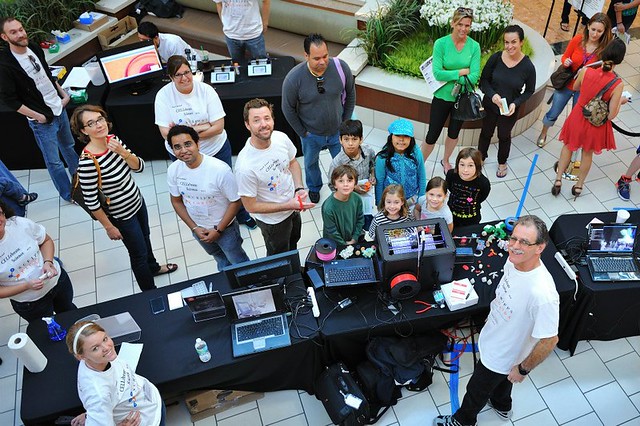

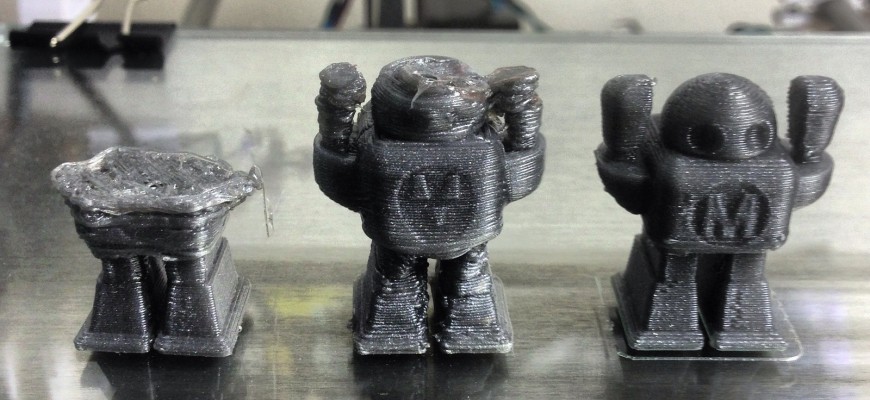
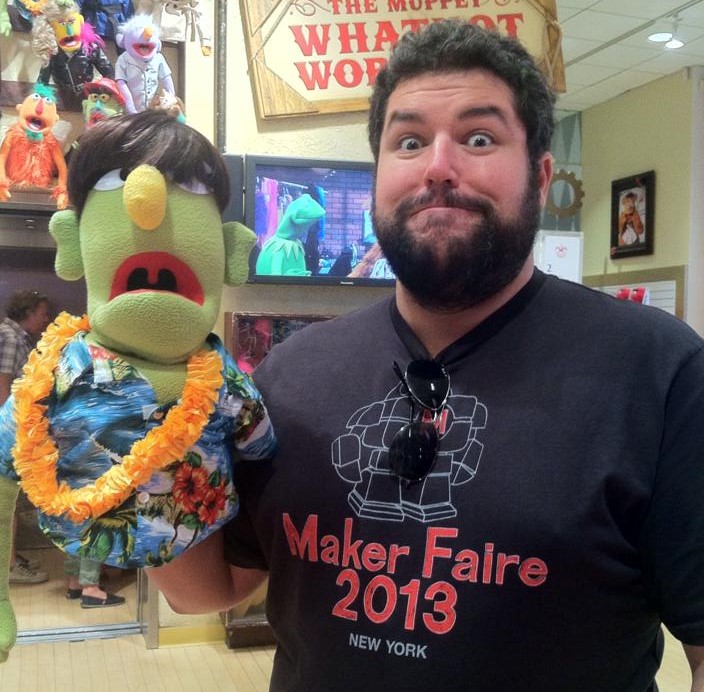
Pierre,
Thought you might be interested in some heavily discounted educational pricing for the MicroScribe CMM.
Many FAB labs have purchased the device as an adjunct to 3D printing since it precisely digitizes the measurements necessary to develop the stl files required to print precision products.
If interested, send me your email address and I will forward the pricing and product information along for your perusal.
Tom Reiter
Pingback: House of Engineering Funk – 3D printing: Here come the hot steppers
It was fairly incredible to watch the Replicator turn a spool of plastic into a physical object that is the job of 3d printings. 3d printing have so many limit for printing so necessary to develop the stl files required to print precision products.